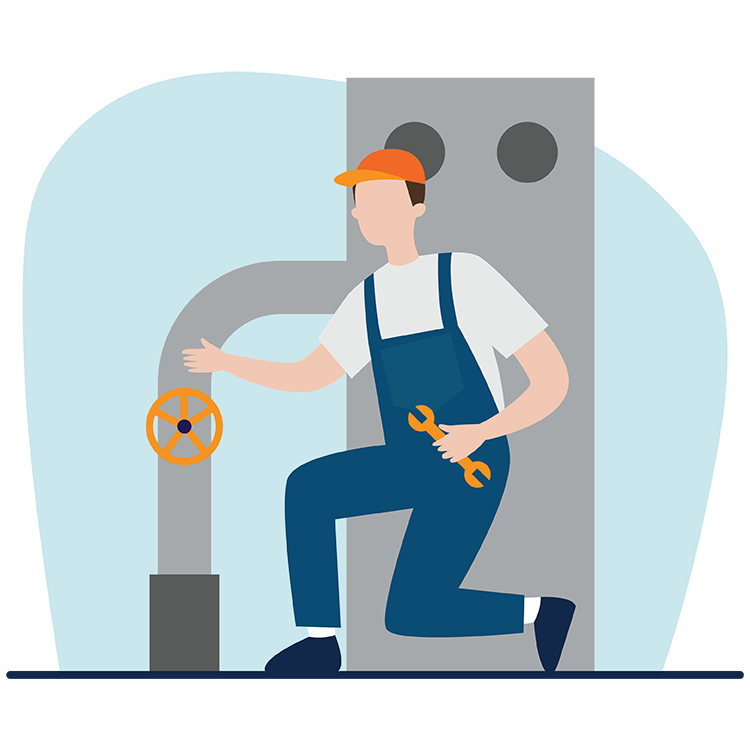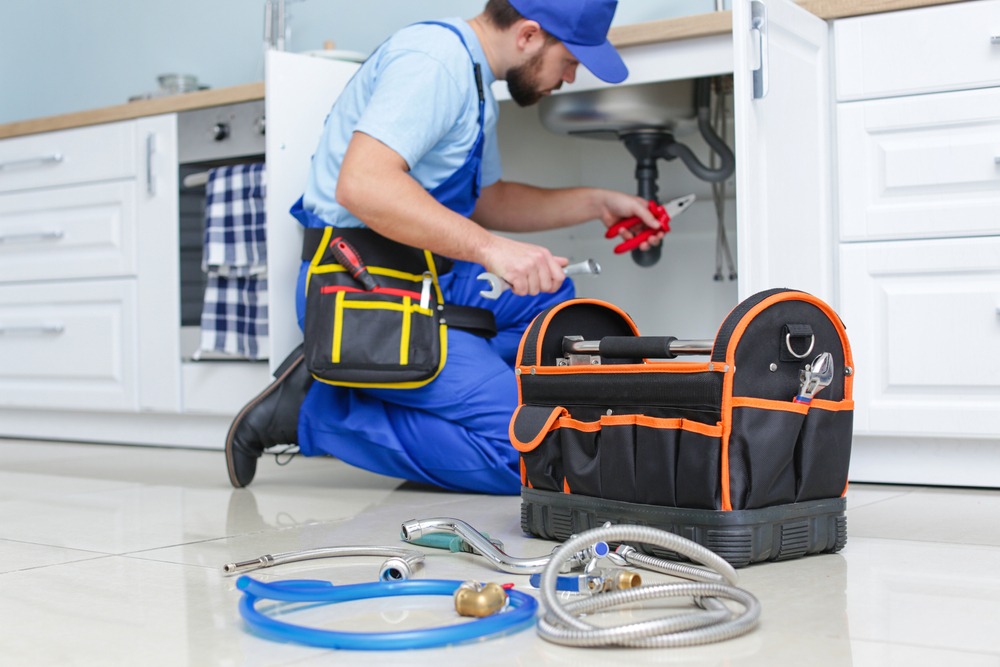Dependable Plumber Alabaster AL for All Your Emergency situation Requirements
Dependable Plumber Alabaster AL for All Your Emergency situation Requirements
Blog Article
A Step-by-Step Overview to Effective Hot Water Heater Installation for Optimal Performance
Embarking on the task of installing a water heating system is a venture that demands precision and a systematic method for accomplishing optimal performance. As you continue, the complexities of linking water supply lines and establishing up trusted electric or gas connections await, appealing understandings right into guaranteeing effectiveness and reliability.
Choosing the Right Water Heating Unit

Next, think about the size and ability of the hot water heater. It's important to analyze your home's warm water demands, which can vary based on the number of owners and their use patterns. An unit that's also tiny may bring about insufficient warm water, while an extra-large version might lead to unnecessary energy consumption.
Efficiency scores likewise play a crucial duty in choice. Seek hot water heater with high Power Variable (EF) rankings, indicating remarkable performance and decreased power use. Tankless designs, though generally much more pricey in advance, deal substantial energy cost savings with time due to their on-demand heating abilities.
Preparing the Installation Area
Before setting up a new hot water heater, precise prep work of the installment area is necessary. This guarantees a smooth installation procedure and aids prevent future issues (Drain Cleaning Alabaster AL). Begin by choosing an appropriate location that follows neighborhood building ordinance and safety standards. The area ought to be completely dry, well-ventilated, and accessible for upkeep. It's critical to gauge the room very carefully to suit the water heating system's dimensions, making certain appropriate clearance around the device for effective procedure and maintenance.
Inspect the flooring for security, as the water heating system will certainly require a solid, degree surface to run efficiently. If necessary, mount a drip frying pan under the device to catch possible leakages or spills, protecting against water damages to the surrounding location.
Furthermore, ensure that all required devices and products are on hand prior to commencing the installment. This includes products such as wrenches, screwdrivers, a level, and any type of added equipment needed for safeguarding the heating system and installing. A well-prepared setup location sets the structure for a successful water heating system configuration, enhancing efficiency and safety.
Connecting Water System Lines
When attaching water supply lines to your recently set up hot water heater, it is important to make sure that all connections are secure and leak-free to keep reliable procedure and protect against water damages. Begin by identifying the warm and cold supply of water lines. The cool water inlet is commonly marked with a blue label or a "C", while the hot water outlet is noted with a red label or an "H".
Usage flexible water heater connectors to facilitate a much easier setup process. Before attaching the ports, place a plumbing professional's tape around the threaded ends of the water heater's inlet and electrical outlet pipes.
As soon as connections are in location, slowly turn on the primary supply of water valve. Inspect each connection for leakages by aesthetically feeling and inspecting for wetness. Tighten links as essential, and make certain the pressure safety valve is properly mounted, guarding versus extreme stress build-up.
Establishing Electric or Gas Connections
Effectively establishing up the electrical or gas links for your water heating unit find this is a crucial step to make certain risk-free and reliable operation. For electrical water heaters, start by confirming that the electric circuit is compatible with the heating unit's voltage and amperage requirements.
For gas water heaters, safety is vital. Confirm that the gas supply is off prior to continuing. Attach the gas line to the hot water heater using a flexible gas port, guaranteeing it is effectively threaded and secured with pipeline joint compound or Teflon tape suitable for gas connections. Tighten up the connections with a wrench, making sure not to over-tighten (Plumber Alabaster AL).
As soon as connections are made, check for any prospective leakages. For gas lines, use a soapy water remedy to the joints; bubbles suggest a leakage. For electrical links, confirm that all electrical wiring is secure and properly insulated, keeping compliance with local electric codes.
Examining and Adjusting for Performance
With the electric and gas links securely in position, the following action is reviewing the operational performance of your hot water heater. Begin by meticulously activating the water supply and making certain there are no leaks at any of the valves or joints. As soon as validated, proceed to fill up the storage tank, paying interest to the pressure and temperature settings. It is a good idea to establish the thermostat to an advised temperature level of around 120 ° F(49 ° C) to balance energy performance and convenience.
Next, do an extensive inspection to description make certain the burner or gas heaters are working correctly. For electrical heating systems, utilize a multimeter to confirm if the components are attracting the suitable present. In gas designs, observe the heater flame; it must be blue and steady, suggesting effective burning.
Adjust the setups as essential to eliminate inefficiencies. Think about carrying out insulation measures, such as adding a water heater covering, to further enhance efficiency by minimizing heat loss. In addition, examine the anode rod's problem, as a shabby rod can minimize performance and bring about storage tank corrosion.
Final Thought
Efficient hot water heater installment is critical for making certain ideal efficiency and power cost savings. By choosing the appropriate type and size, and diligently preparing the setup area, a structure for success is established. Securely attaching water lines and carefully establishing electric or gas connections reduce possible problems. Complete testing for leakages and accurate thermostat modifications to 120 ° F boost dependability and efficiency. Following these steps advertises lasting functionality and power preservation in property water home heating systems.

Appropriately establishing up the electrical or gas connections for your water heating system is a crucial action to guarantee secure and efficient procedure. For electric water heating units, begin by confirming that the electric circuit is compatible with the heater's voltage and amperage requirements. Connect the gas line to the water heating unit making use of an adaptable gas adapter, ensuring it is correctly threaded and sealed with pipe joint compound or Teflon tape suitable for gas connections.
Report this page